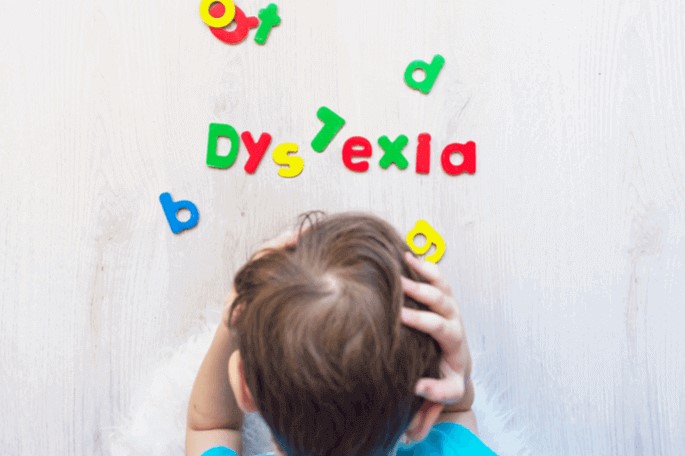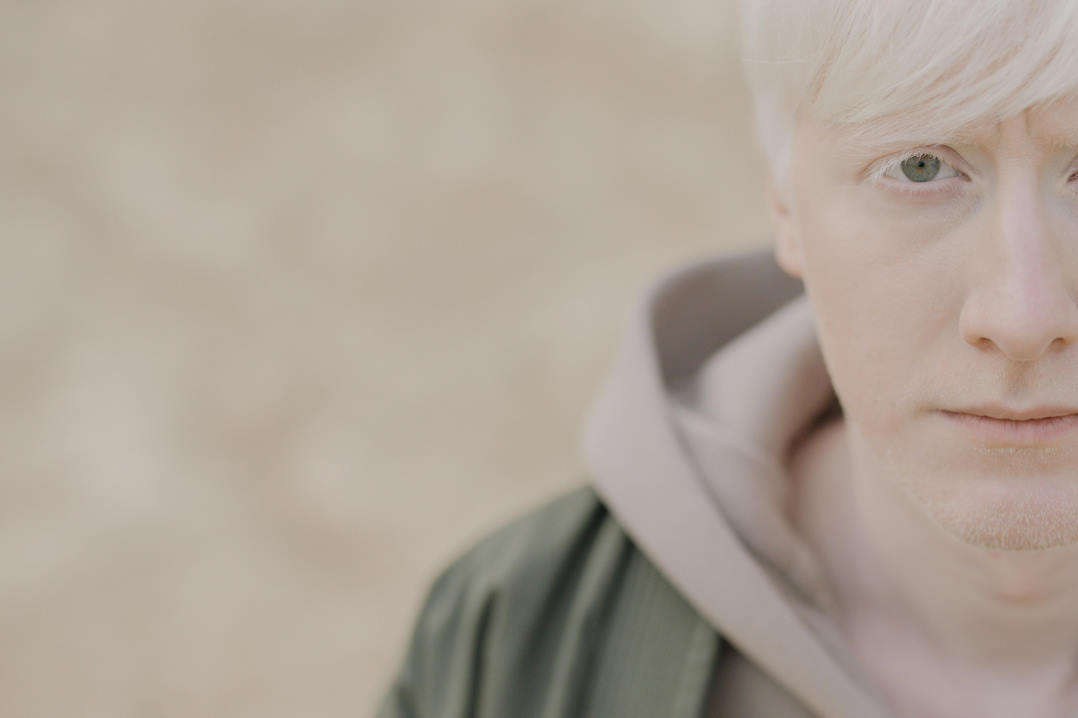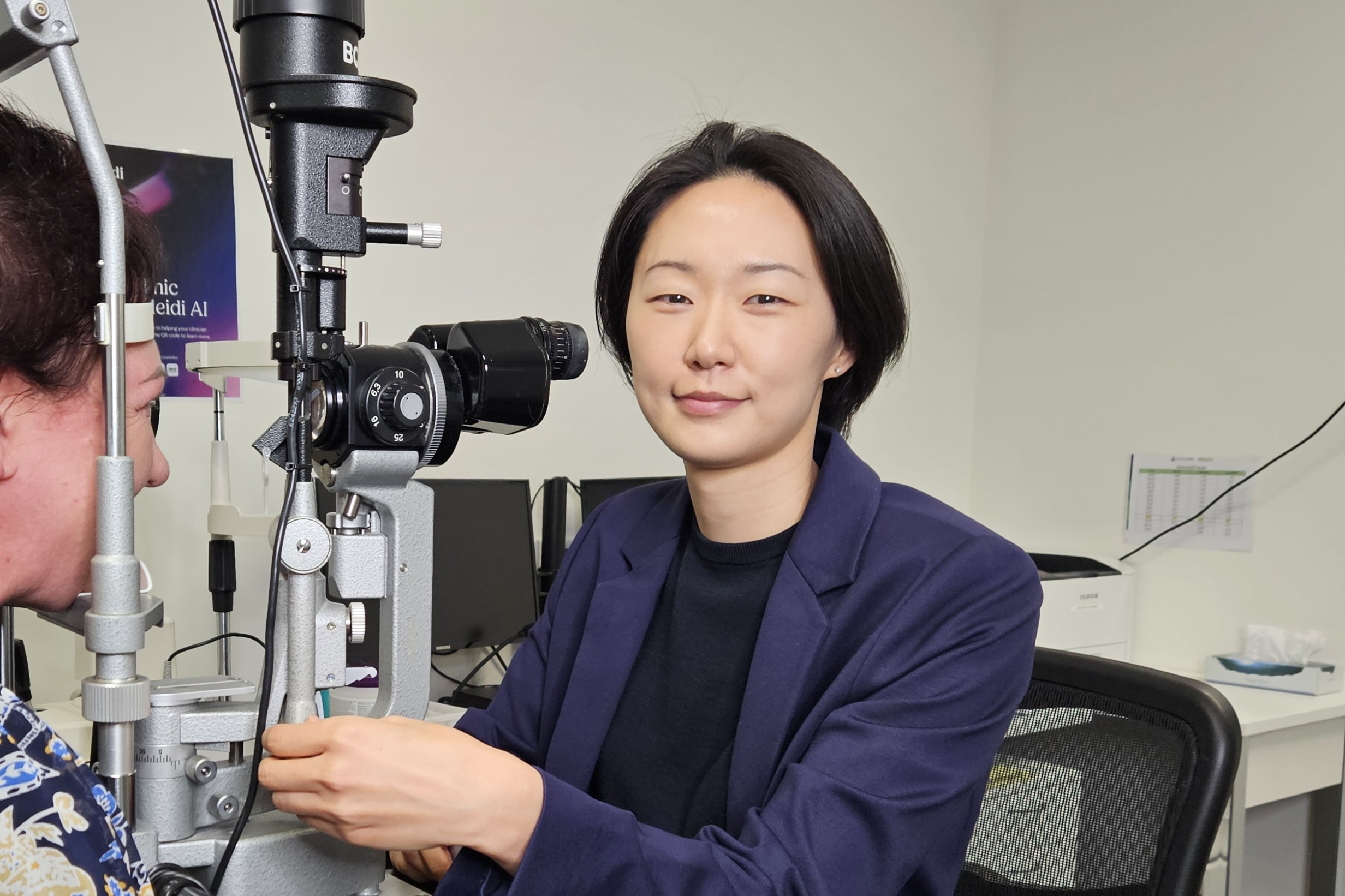RANZCO on dyslexia – it’s not in the eyes
Dyslexia is not a vision problem but a language-processing disorder, The Royal Australian and New Zealand College of Ophthalmologists (RANZCO) and the Australian Dyslexia Association (ADA) declared in a joint statement.
The organisations are encouraging parents and teachers to look out for the signs of dyslexia to help timely diagnosis and treatment and to clear the ‘many misconceptions’ about the cause and treatment of this learning disorder. “Dyslexia is an impairment of reading that can affect anyone,” the statement read. “Dyslexia is not the result of problems with someone’s vision or ability to focus and track words and letters across a page. Dyslexia cannot be treated or managed by an optometrist or ophthalmologist using eye exercises or glasses.”
The disorder is often, but not always, accompanied by a history of language delay or speech therapy, according to New South Wales paediatric ophthalmologist Dr Maree Flaherty. She added, “The reversal of letters, numbers and words are not a sign of dyslexia and do not occur with increased frequency in dyslexia.”
“The evidence-based treatment for dyslexia is an individualised remedial reading programme comprising intensive instruction in the language areas, particularly of phonics and phoneme awareness,” said Dr Flaherty, adding that, “Scientific evidence does not support the use of treatments like vision therapy, tinted lenses or colour filters for the treatment of dyslexia.”
Affecting 5-15% of Australian school-aged children, dyslexia is the most common specific learning disorder. Although they don’t grow out of it, it can be managed by intervention and regular appropriate support. Dr Flaherty suggested looking out for dyslexia with comprehensive eye exams to rule out any underlying eye disorders, plus referral to an educational psychologist for formal dyslexia assessment.
The RANZCO-ADA statement was published during Dyslexia Week, 4-10 October 2021.
























